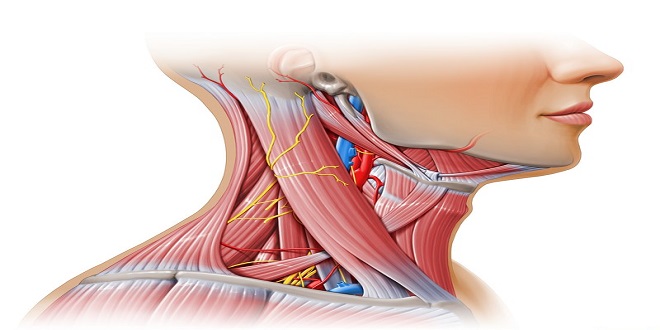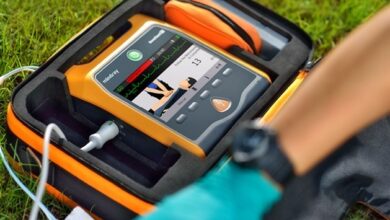The Muscles behind the Movements

Movers are any muscle whose prime mover is to push, pull or rotate any part of your body aside from your core. The core is the foundation that allows the movers to do their thing and handles twisting and crunching. The stronger your core is, the more effective, efficient, and enduring all your mover muscles will be. Building your core strength is the key to total-body fitness and absolutely imperative when developing a fit, ripped physique.
Throughout the book, we’ll focus on exercises that use at least one from each group. Most will use both, and at least one exercise will use all of the above. Seriously, it’ll use all of them.
Can I do a full-body workout every day?
No, your body needs time to rest and recover. When you do strength-training exercises such as pull-ups, you create tiny, harmless tears in the muscle. These tiny tears heal during rest days. As a result, the muscle becomes stronger and more defined. If you don’t allow the muscles to heal, you risk overuse injuries that could potentially derail your ability to exercise at all. Constant repetitions of any motion without proper rest will eventually result in overuse injuries. Repeat this sentence: “Rest is equally as important as the workout for strengthening and shredding your body.” Now, make sure you follow your own advice.
What if I can’t do all the reps in the program for a given workout?
The reps are a guideline and a goal for each workout they’re not the law. I can promise you that no one will show up at your door to give you a ticket for missing the last two reps of pull-ups. Do as many reps as you can with good form and when you reach failure, your body is signaling that you’re done. If you still feel like you have some fuel left in the tank, then take a break for minutes and try to finish off the set. If you feel any pain, soreness or dizziness, then it’s time to call it a day. Never feel ashamed that you didn’t complete every rep of a workout stay positive and come back strong after a day of rest.
Read More: themakernewsz.com
How fast should I do the movements?
Some exercises will have specific speeds during certain workouts, but as a rule of thumb, you should try to stick to a medium speed. Listen to your body; you’ll know what’s too fast or too slow with a little bit of experience. If you’re just learning the movements, take it as slowly as you need to maintain proper form. A few exercises like sprints and Tabatas will require 90 percent effort and speed, but we’ll get to those when we cover the program.
How should I breathe for each movement?
For most exercises, we’ll cover when to breathe in and out, but overall it’s a good idea to breathe out when you’re exerting the most force (pushing, pulling, etc.) and breathe in on the recovery. Breathing properly is a big part of being able to perform some of the rapid movements we’ll be covering on in this book, so make sure to focus on breathing rhythmically and not holding your breath during sets.



